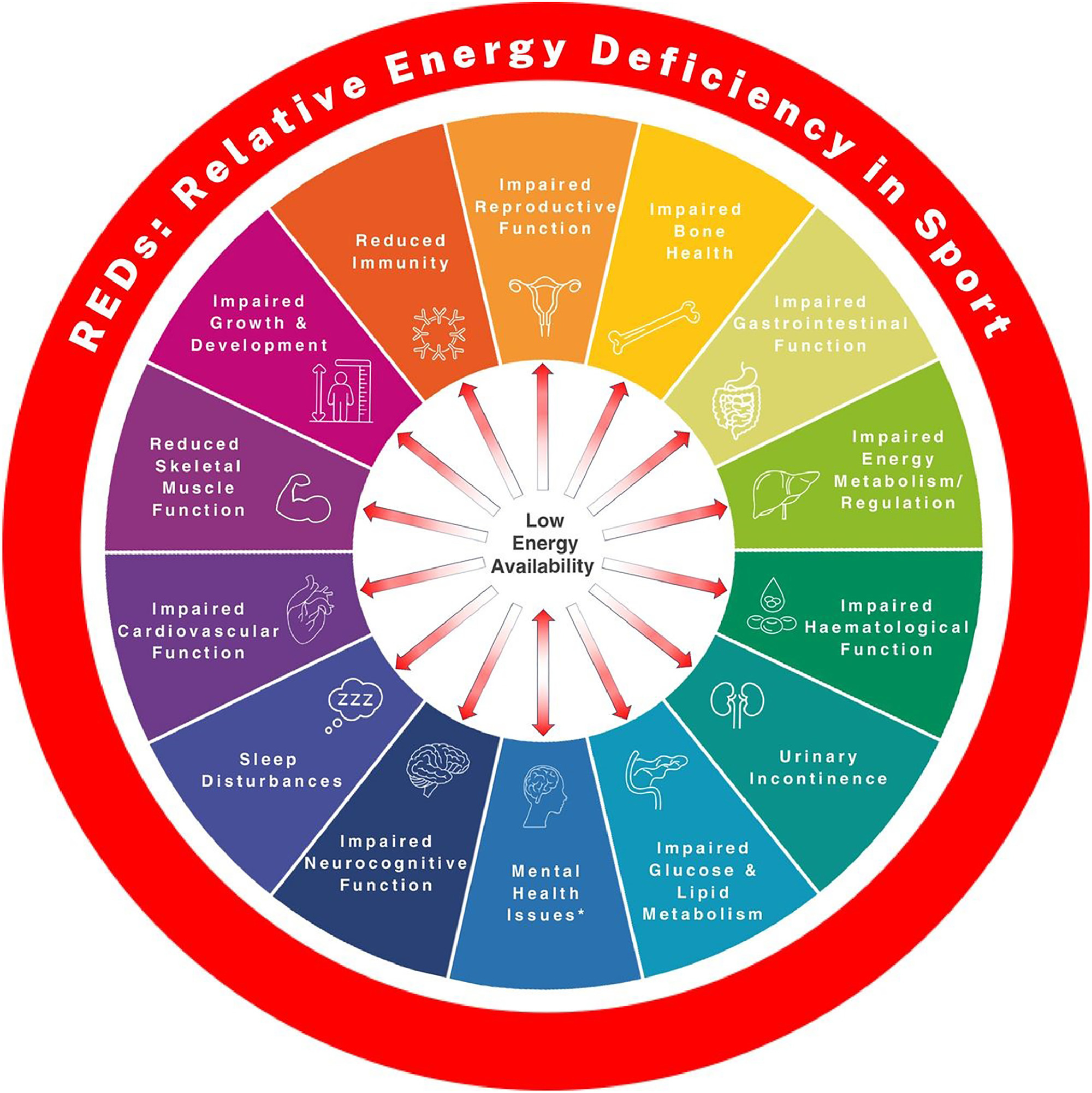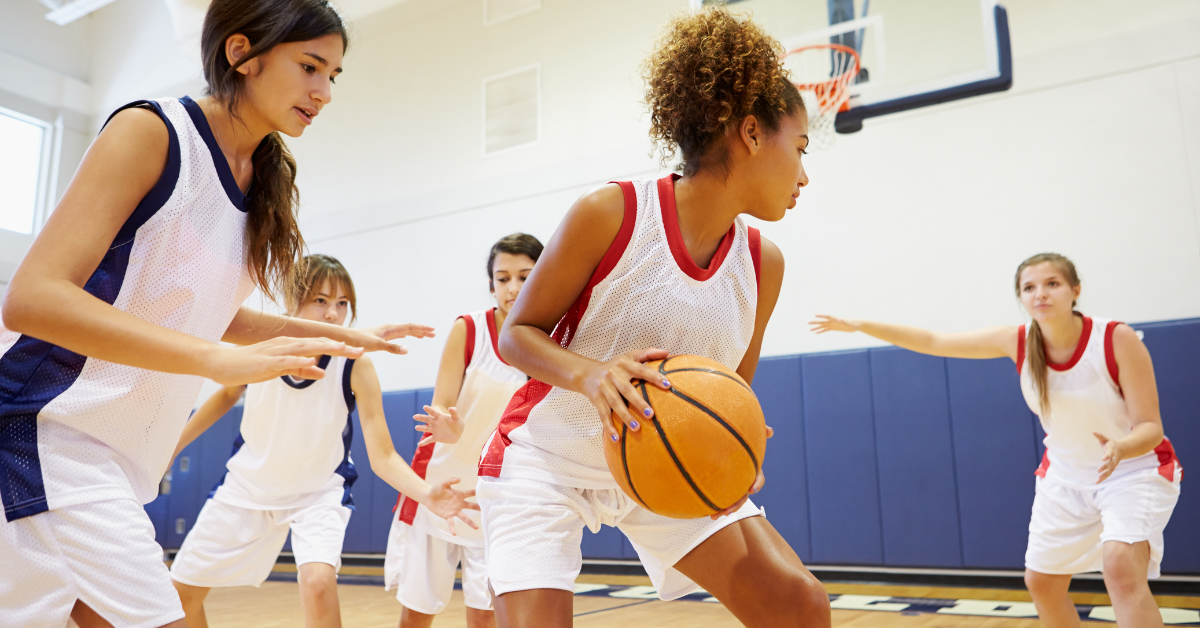May is National Physical Fitness and Sports Month. Explore how high school and college-aged athletes can improve performance while maintaining balance in nutrition, sleep, and mental health.
Each May, National Physical Fitness and Sports Month shines a spotlight on the importance of staying active through sports and physical movement. Established by the President’s Council on Sports, Fitness & Nutrition, this awareness month aims to inspire Americans of all ages to prioritize physical activity, discover new ways to move their bodies, and reap the rewards of a healthy lifestyle.
For high school and college-aged students—many of whom are deeply involved in organized sports—this month offers an opportunity to reflect not just on performance, but also on overall health, balance, and well-being.
The Benefits of Being Physically Active
Regular physical activity is one of the most powerful tools for improving physical and mental health. In adolescents and young adults, it helps:
- Improve cardiovascular endurance and muscular strength
- Build strong bones and joints during critical growth years
- Support healthy weight maintenance
- Boost mood and reduce symptoms of depression and anxiety
- Enhance cognitive function and academic performance
- Promote better sleep patterns and energy levels [1]
For athletes, movement goes beyond physical fitness—it fosters teamwork, goal-setting, discipline, and stress management skills that extend into every aspect of life [2].
Honoring All Forms of Movement: Inclusive Fitness for All Abilities
It’s important to recognize that fitness and sports aren’t one-size-fits-all. For students with limited mobility, those recovering from injury, or individuals who use mobility aids such as wheelchairs, staying active can still be a joyful, empowering experience.
Movement may look different—perhaps it’s seated yoga, resistance band workouts, adaptive swimming, or wheelchair basketball—but it is still valid and vital. A sensitive, personalized approach to movement allows for healing, confidence-building, and strength, all while honoring the body’s current needs [3]. Support from physical therapists, adaptive coaches, and inclusive fitness communities can make all the difference [4].
Health Concerns Facing Young Athletes
While student athletes benefit from their active lifestyles, they also face unique challenges:
- Sleep deprivation: Balancing academics, practice schedules, and social life often leads to insufficient rest. Poor sleep can impair reaction time, concentration, and recovery.
- Mental health pressure: The drive to perform, earn scholarships, or win can create intense stress and anxiety.
- Disordered eating: Some athletes may restrict food to meet weight-class standards or aesthetic expectations, increasing the risk of disordered eating patterns.
- Overtraining and injury risk: Without adequate rest, stretching, or recovery nutrition, athletes may be more prone to injuries like stress fractures, tendonitis, or chronic fatigue.
These issues highlight the need for supportive, well-rounded health education that promotes longevity in sport—not just short-term wins.
Understanding Relative Energy Deficiency in Sport (RED-S)
One major concern for active young people is Relative Energy Deficiency in Sport (RED-S), a condition that arises when an athlete doesn’t consume enough energy (calories) to meet both their training and everyday physiological needs [5].
The “Female Athlete Triad” was replaced by “Relative Energy Deficiency in Sport” (RED-S) because it was found that low energy availability, the core issue, affects both male and female athletes and has broader health implications than just menstrual dysfunction and bone density. The term RED-S acknowledges that any athlete, regardless of gender, can experience the negative effects of insufficient energy intake on their health and performance.

A more detailed explanation of this new definition and criteria includes the following:
- Broader Scope: The Female Athlete Triad focused on the interrelationship between low energy availability, menstrual dysfunction, and bone loss in female athletes. RED-S expands this to include the broader consequences of low energy availability on various physiological systems, including metabolic rate, immunity, cardiovascular health, and psychological well-being.
- Gender Inclusivity: The Female Athlete Triad was primarily associated with female athletes, but the International Olympic Committee (IOC) recognized that males can also experience the negative effects of low energy availability. RED-S is a more inclusive term that acknowledges that athletes of all genders can suffer from low energy availability.
- Emphasis on Energy Availability: Both terms recognize that insufficient energy intake can negatively impact athletic performance and overall health. RED-S emphasizes the importance of maintaining sufficient energy availability to support optimal performance and health.
This condition encompasses a wide spectrum of health consequences and, as with most conditions, should be treated with sensitivity and through an individualized, patient-centered approach that considers the following:
- Impaired bone health
- Menstrual disturbances
- Weakened immune system
- Gastrointestinal issues
- Decreased performance and slower recovery
Diagnosis of RED-S often involves a multidisciplinary approach including medical history, dietary assessment, hormonal labs, and bone density scans. Treatment focuses on restoring energy balance through increased food intake, adjusting training loads, and providing education on the importance of proper fueling [7].
Registered dietitians with a background in sports nutrition play a critical role in helping student athletes understand their body’s needs and achieve sustainable performance.
Learn more about sports nutrition for young athletes in our interview with Registered Dietitian Ashley Harpst, owner of Go for the Gold Nutrition, who works with endurance athletes such as runners, swimmers, triathletes, soccer players, and surfers.
Resources for Further Support
As with anything, be mindful of the validity and legitimacy of what you find online. If you are a student athlete, coach, or caregiver, here are some DishWithDina-approved resources:
Sports Dietitians and Nutrition
- SCAN: Sports, Cardiovascular, and Wellness Nutrition Dietetic Practice Group
- The American Sports and Performance Dietitians Association (ASPDA)
- Eat2Win App: An app developed by sports dietitians tailored to athletes’ fueling needs
General Health and Performance
- National Collegiate Athletic Association (NCAA) – Health and Wellness Resources
- The Female and Male Athlete Triad Coalition
References
- CDC. (2024, April 3). Health Benefits of Physical Activity for Children. Physical Activity Basics. https://www.cdc.gov/physical-activity-basics/health-benefits/children.html
- Merkel, D. (2013). Youth sport: Positive and Negative Impact on Young Athletes. Open Access Journal of Sports Medicine, 4(4), 151. https://doi.org/10.2147/OAJSM.S33556
- Maria Chiara Gallotta, Franciosi, E., Giorgi, M., Guidetti, L., Cerbara, E., Giorgio Pes, Silvestri, F., & Curzi, D. (2024). Benefits of inclusive sport training on fitness and health of athletes with and without intellectual disability. Scientific Reports, 14(1). https://doi.org/10.1038/s41598-024-69334-2
- Lampousi, A.-M., Berglind, D., & Forsell, Y. (2020). Association of changes in cardiorespiratory fitness with health-related quality of life in young adults with mobility disability: secondary analysis of a randomized controlled trial of mobile app versus supervised training. BMC Public Health, 20(1). https://doi.org/10.1186/s12889-020-09830-y
- Mountjoy M, et al. (2014). The IOC consensus statement: beyond the Female Athlete Triad—Relative Energy Deficiency in Sport (RED-S). British Journal of Sports Medicine, 48(7), 491–497. https://doi.org/10.1136/bjsports-2014-093502
- Sanchez, M. (2024, June 3). Low energy in sports: What to know about REDs and the female athlete triad. HealthPartners Blog; Health Partners. https://www.healthpartners.com/blog/relative-energy-deficiency-in-sport/
- Milani, J. (2019, June 12). RED-S: The New and Improved Female Athlete Triad. SportsMD. https://www.sportsmd.com/2019/06/12/red-s-the-new-and-improved-female-athlete-triad/



0 Comments